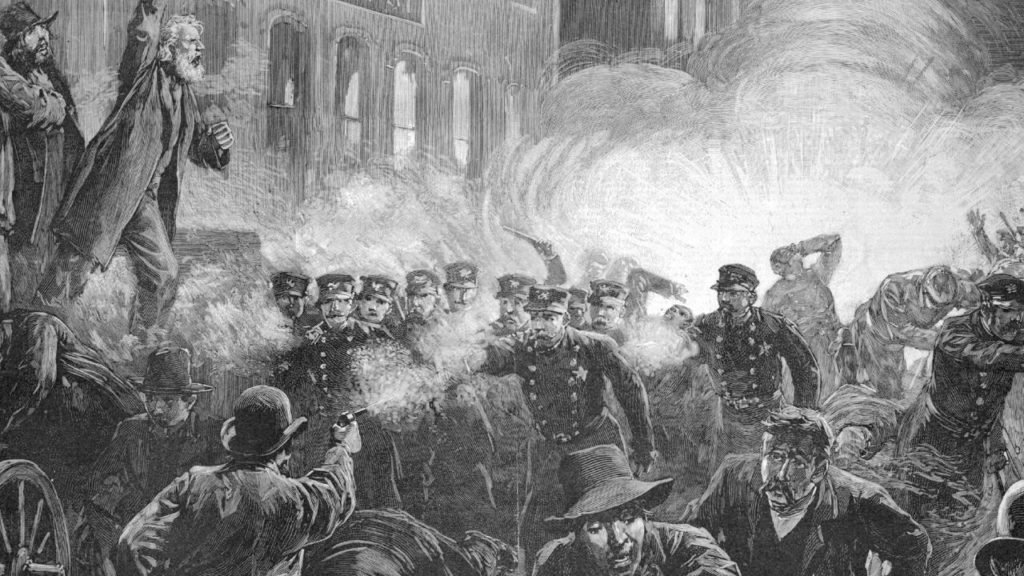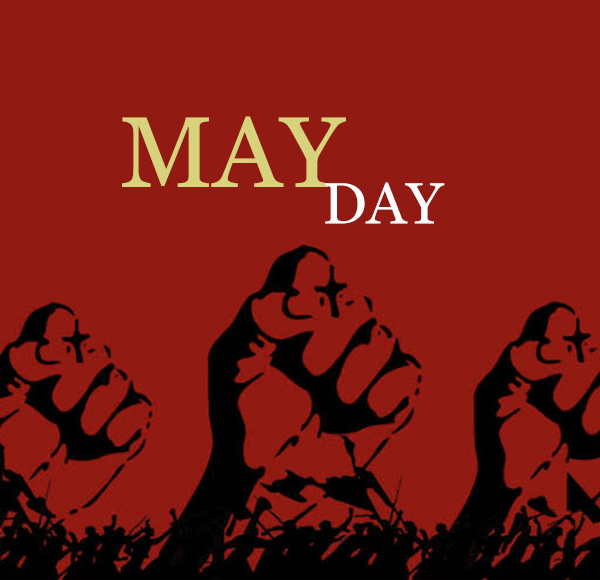May 1, known as International Workers’ Day or May Day, holds profound importance for labor movements and workers’ rights worldwide. Celebrated in numerous countries, it is a day of solidarity, protest, and reflection on the struggles and achievements of working people. The roots of this day are steeped in the labor movements of the 19th century, particularly in the fight for an eight-hour workday, and have evolved into a global day advocating for workers’ rights, social justice, and equality.
Historical Roots
Historical Roots: The origins of May Day trace back to the labor movements of the late 19th century in the United States. In the mid-1800s, industrial workers toiled in harsh conditions, often working 12 to 16 hours a day. The demand for an eight-hour workday became a central issue for labor unions, culminating in the nationwide strikes that began on May 1, 1886.
The most notable event during this period was the Haymarket Affair, which occurred in Chicago on May 4, 1886. During a peaceful rally supporting striking workers, an unknown individual threw a bomb at the police, leading to violence that resulted in several deaths. The Haymarket Affair became a symbol of the labor movement’s fight against repression and injustice. In its aftermath, several labor leaders were wrongfully convicted and executed, becoming martyrs for the cause of workers’ rights.
In 1889, the Second International, a socialist and labor organization, declared May 1 as International Workers’ Day in memory of the Haymarket martyrs and to promote the continued struggle for workers’ rights, particularly the eight-hour workday.

Global Expansion and Celebrations
As the industrial revolution spread across the globe, so did the labor movement and the adoption of May 1 as a day of protest and solidarity. In Europe, especially in socialist and communist circles, May Day became a symbol of workers’ resistance to capitalist exploitation. Countries like France, Russia, and Germany witnessed massive May Day demonstrations during the early 20th century. In Russia, May Day celebrations took on new significance after the Bolshevik Revolution of 1917, becoming a state-sponsored holiday under Soviet rule and promoting international worker solidarity.
In Latin America, Asia, and Africa, where workers faced colonial and post-colonial struggles, May Day evolved into a broader protest against both economic exploitation and political oppression. In many countries, it is still a day for labor unions and workers to rally against economic inequality and demand reforms in wages, working conditions, and social welfare.
The U.S. and the Labor Movement
Ironically, while the origins of May Day are rooted in the U.S., the country does not officially recognize May 1 as a national holiday. Instead, Labor Day is celebrated in September. This shift was due in part to a deliberate effort by the U.S. government to distance itself from the socialist and anarchist roots of May Day, particularly during the Cold War when communism and socialism were viewed as direct threats to American capitalism.
Despite this, May 1 is still commemorated in the U.S. by labor groups, immigrants’ rights activists, and social justice organizations. In recent years, particularly in 2006, May Day saw a resurgence in the U.S. as millions of people protested for immigrants’ rights, linking the struggles of migrant workers to the broader labor movement.
Contemporary Importance
Today, May Day continues to serve as an important day of protest and celebration for workers around the world. In many countries, it is a public holiday marked by rallies, marches, and speeches from labor leaders advocating for workers’ rights. The issues that May Day addresses have expanded beyond the eight-hour workday to include fair wages, gender equality, safe working conditions, the right to unionize, and broader social and economic justice.
In the face of growing economic inequality, globalization, and challenges such as the gig economy and automation, the relevance of May Day remains as strong as ever. Workers’ rights movements around the world continue to face new challenges, making International Workers’ Day a vital platform for raising awareness and demanding change.

Conclusion
International Workers’ Day is more than just a holiday; it is a day that symbolizes the enduring struggle of workers against exploitation and injustice. Rooted in the historic labor movements of the late 19th century, it has evolved into a global day of protest and solidarity, uniting workers across borders in the pursuit of fair treatment, dignity, and social justice. As long as workers continue to face challenges in the workplace, May Day will remain a powerful reminder of the need for collective action and resistance against inequality.

